
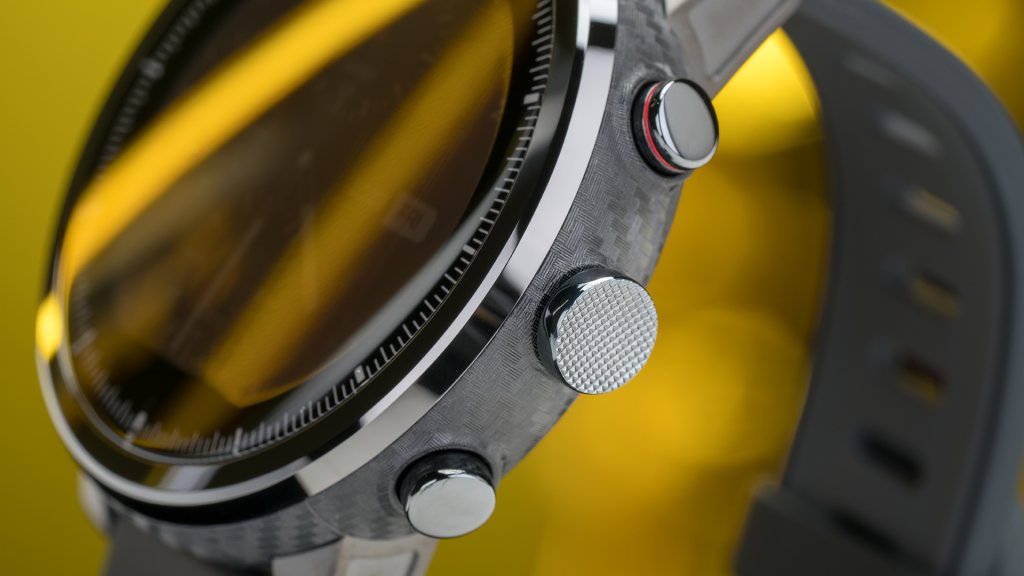
On Your Marks, Get Set, Download

Mi Fit (left) is a more fully realized app than the sparse Amazfit Watch app (right)
The Starting Line: Amazfit Pace

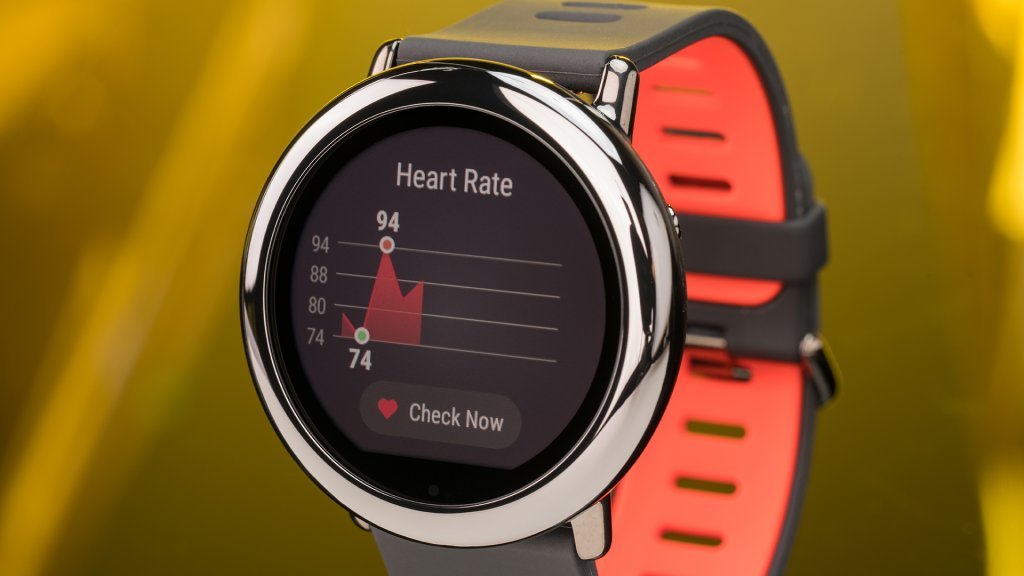
Picking Up (and Reinventing) the Pace: Amazfit Stratos
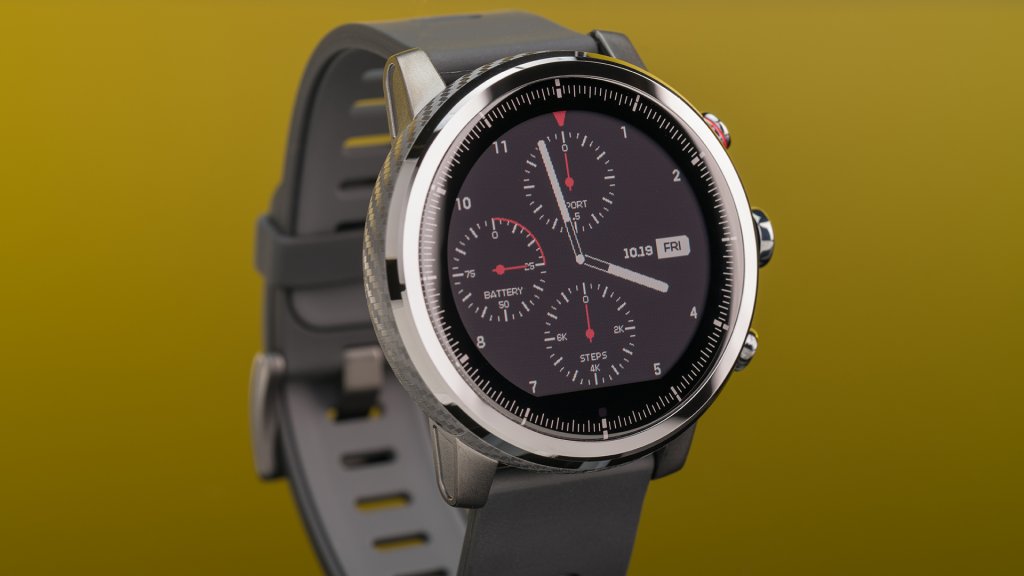

Crossing the Finish Line: Amazfit Cor

A Triumphant Victory Lap: Amazfit Bip
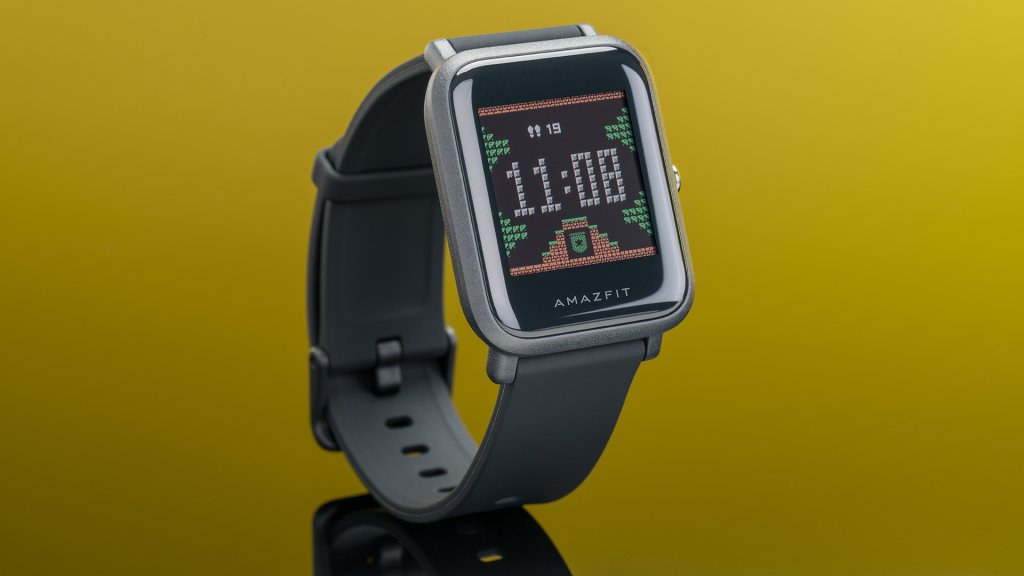
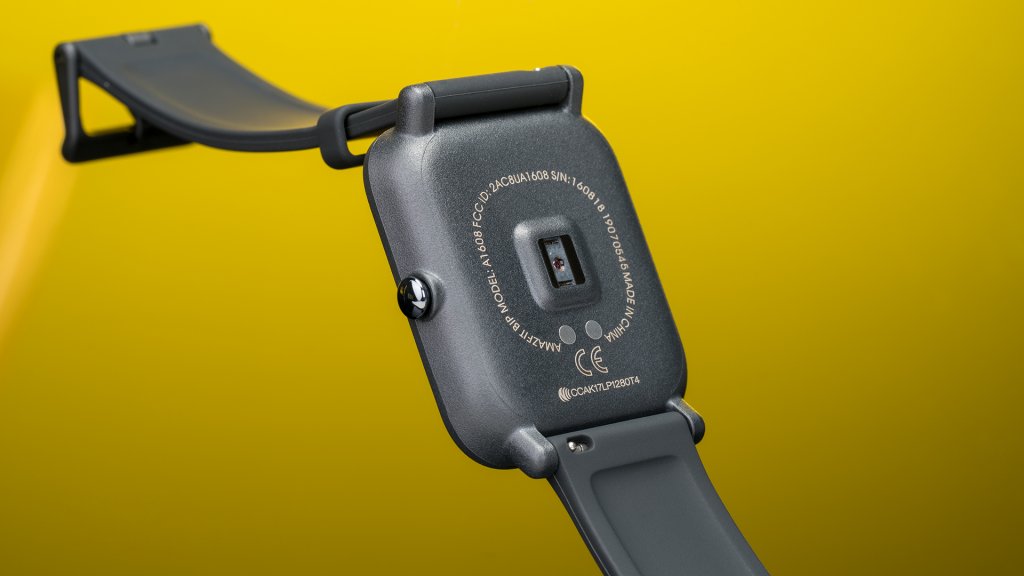
The Gold Medal Standard in Fitness Wearable Value
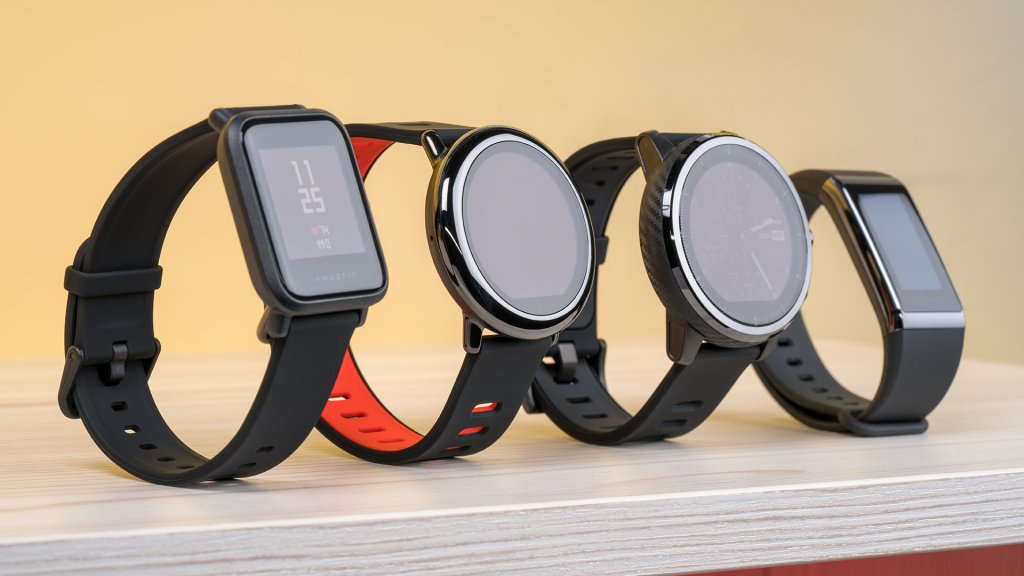
Featured in this article:
Amazfit Pace Multisport Smartwatch- $129.99
Amazfit Stratos Multisport Smartwatch- $199.99
